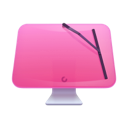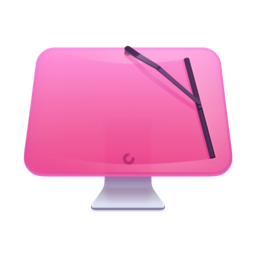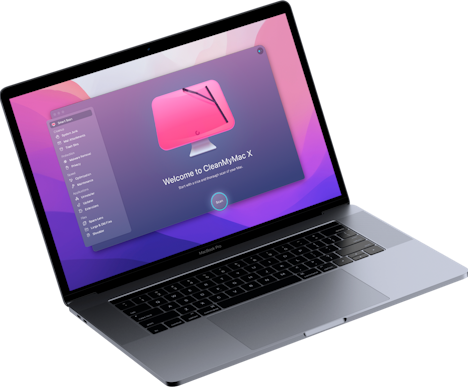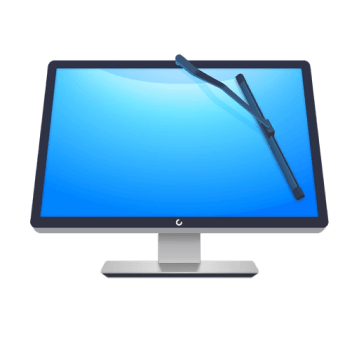Why is my Mac running out of RAM?
In 2023, our digital life mainly revolves around browsing. Firefox, Chrome, or Safari are collecting insane amounts of data. Our tabs are bursting with media-rich content, and all these activities desperately compete for our RAM.
No amount of RAM memory is enough by today’s standards. Even the new MacBook Air released in 2020, as has been demonstrated, is performing slower than the old iPad from 2018. This raises a few questions: how much RAM my computer can take, and how to manage my processor’s memory better.
But first, let’s define what RAM is.
RAM stands for “random access memory.” What is RAM used for? For temporary operations, like copying files or opening tabs. It’s just temporary storage of memory that is emptied after the task is complete. It's fully flushed when you restart your Mac.

What is Heavy Memory Usage?
Heavy memory usage means your Mac is running out of free RAM. This is the memory your Mac’s CPU can access quickly without having to use hard drive memory. The CPU relies on RAM to run all of your processes fast, so when the system surpasses RAM capacity, things get really slow. If you use CleanMyMac X, it sends you a Heavy memory usage alert when that happens so that you can identify and fix the problem.

Why is my Mac running out of RAM?
So why is your Mac running out of RAM? Some apps and processes consume massive amounts of RAM (browsers, for example). That’s fine if you have plenty of memory, but your Mac will exceed its RAM capacity and start running slow if you don't. If quitting the resource-heavy app is not an option, you’ll want to tighten the belt and close other RAM-eaters.
How to check how much RAM you have
Go to the Apple menu in the top left corner of your Mac.
Click About This Mac > More Info > System Report.
Now, choose Memory in the sidebar.

The info about the “slots” is your available RAM.
4 GB or less should be enough to edit documents or browse the web.
8 GB of RAM should be enough for multitasking in 2023.
16 GB will allow you to edit videos in full HD
What consumes the most RAM
Browsers and their extensions
Browsers tend to consume a lot of memory, especially if you keep many tabs open all the time. Browser extensions hog some more memory, so if you have many, they might take up too much of your RAM.
Unclosed apps
When you have numerous apps open, all of them use up RAM. Some apps don’t close when you just click the red X button: the window is minimized, and the app continues running and consuming precious memory.
Apps that launch on startup
By default, some of your apps are set to start up with your Mac. Not only will they slow down the startup process, but they’ll also run in the background without you noticing and use up RAM.
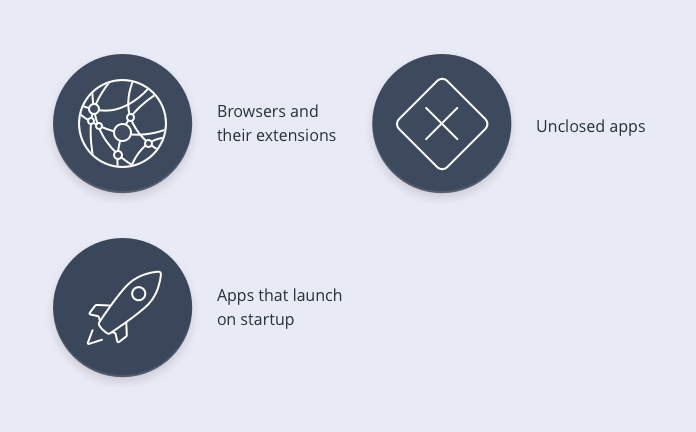
Can CleanMyMac X fix high memory usage issue?
To fix heavy RAM usage, you’ll need to handle apps and items that consume too much memory. CleanMyMac X (download it for free here) makes it easier by letting you access all plugins and app helpers in one place. It’s a simple RAM cleaner you can use anytime. Plus, it enables you to check memory usage at a glance. If it looks like your Mac is running out of free RAM, try doing the following.
- Check how much RAM’s in use in CleanMyMac X Menu. You’ll see how RAM is distributed between different categories of data.
-
If you’re looking for a quick improvement in performance, try clicking the Free Up button to release some of the RAM. However, this is not guaranteed to help when your Mac’s RAM usage is critically heavy.
- Use CleanMyMac X Menu to monitor memory load and quit RAM-consuming apps. It’s a quick way to release some application memory.
- Disable browser extensions and login items that consume a lot of RAM with the Extensions module. That will help you cut down memory usage.
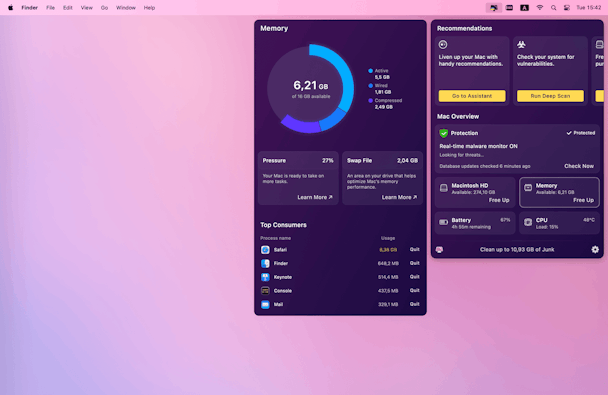
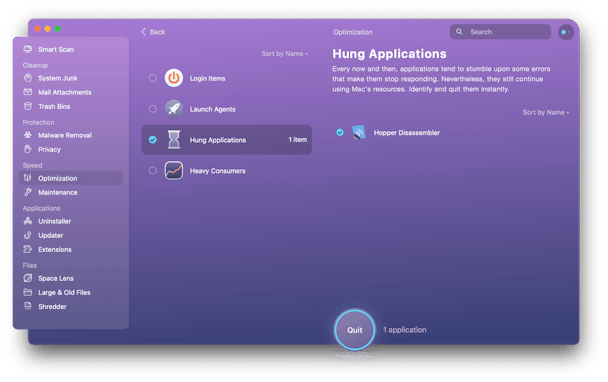
All CleanMyMac’s features are available without limitations in the full version, so if you’re still using the trial, consider getting a license here.
How to get more RAM on my Mac?
- First, you may install additional RAM modules. This is not available for MacBook Airs, unfortunately.
For example, Crucial company sells 16 GB RAM kits for MacBook Pro at $93.99. There are many guides online about installing RAM in a do-it-yourself way.
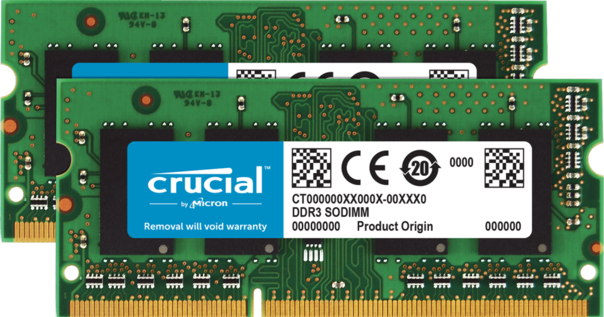
- The second option is to release your occupied RAM. It can be flushed like explained above.
- What else you can do to get more RAM on your Mac is to free up your hard drive.
When the available RAM is fully booked, your Mac has a backup option. It will start using your hard disk space as a replacement. This process is called “memory swapping.” So, if you are really low on RAM, you may free up your disk to give your Mac a larger reservoir it can borrow from. How to free up your hard drive quickly is explained here.
